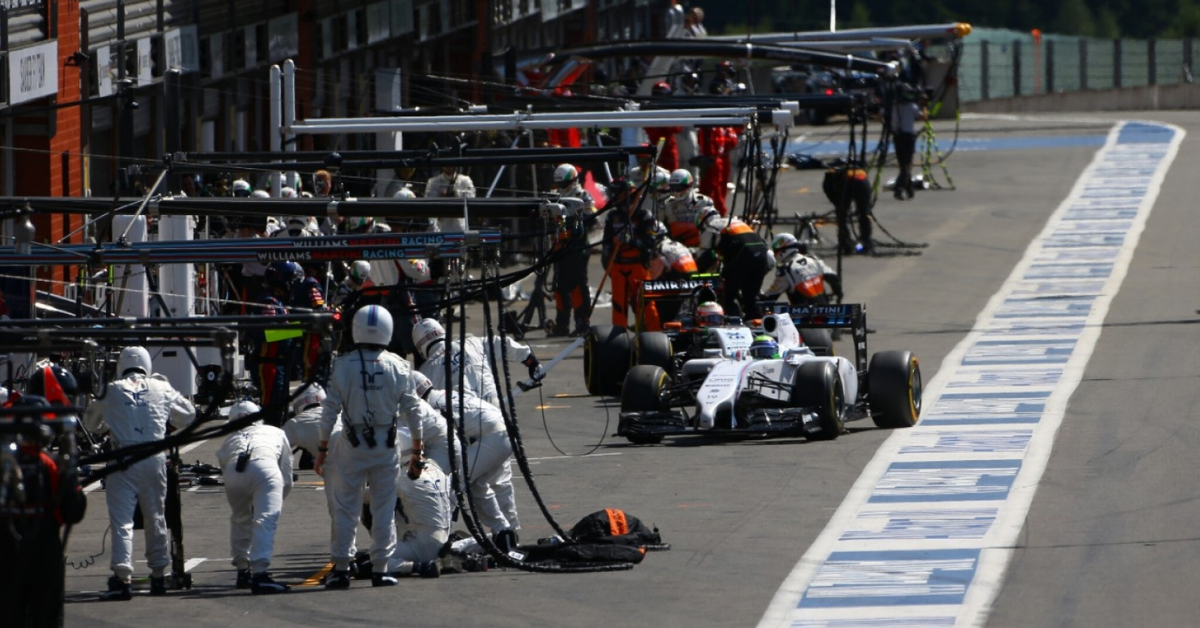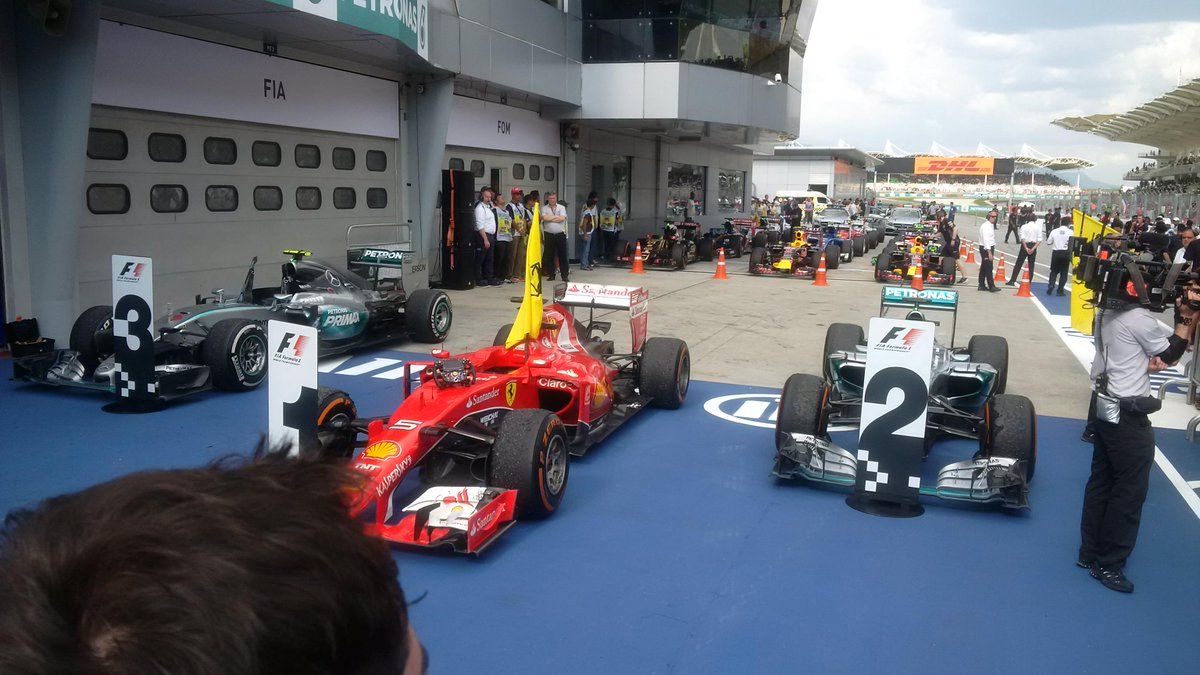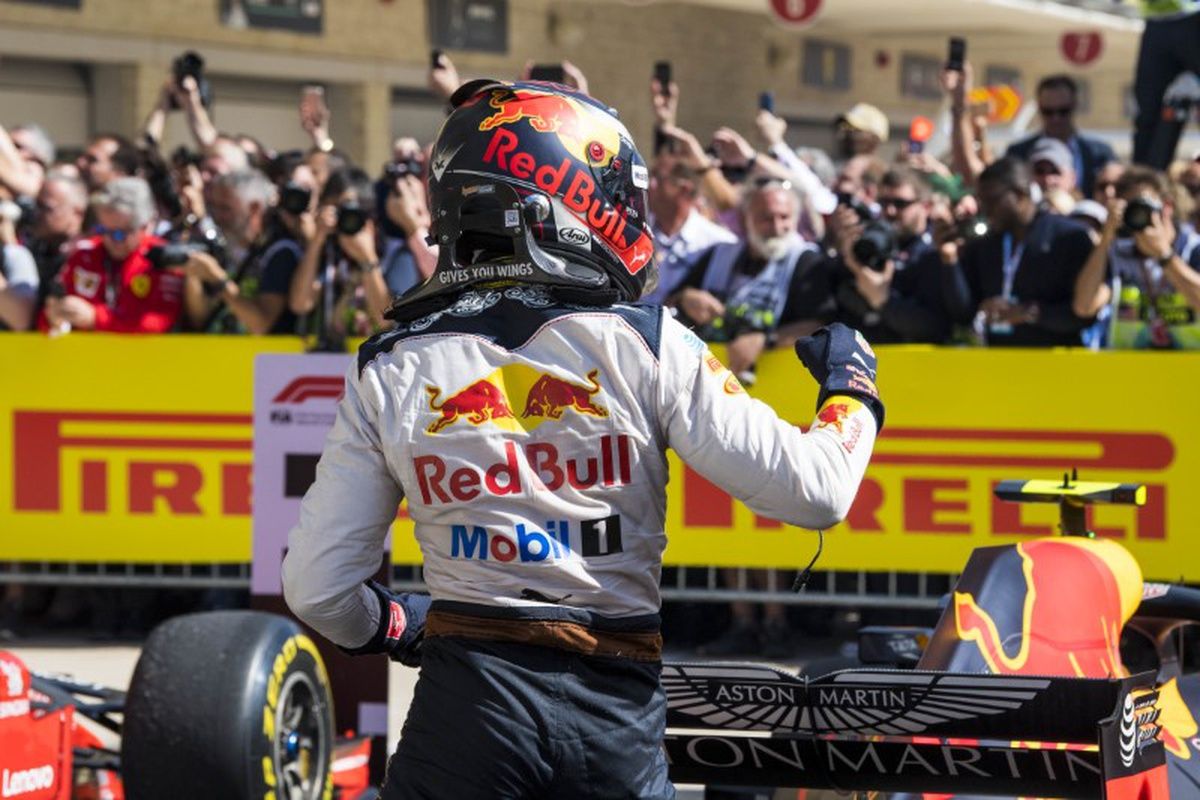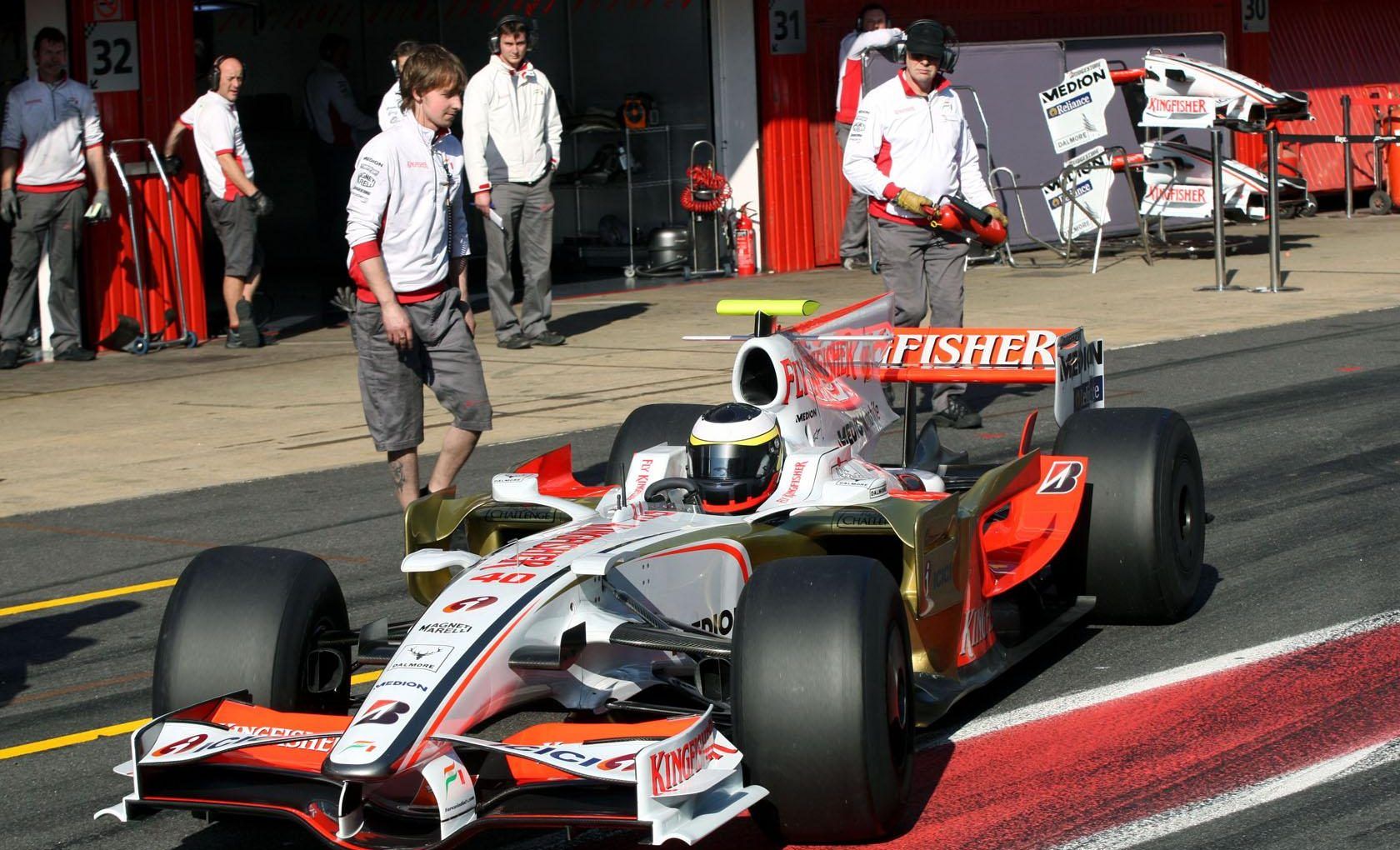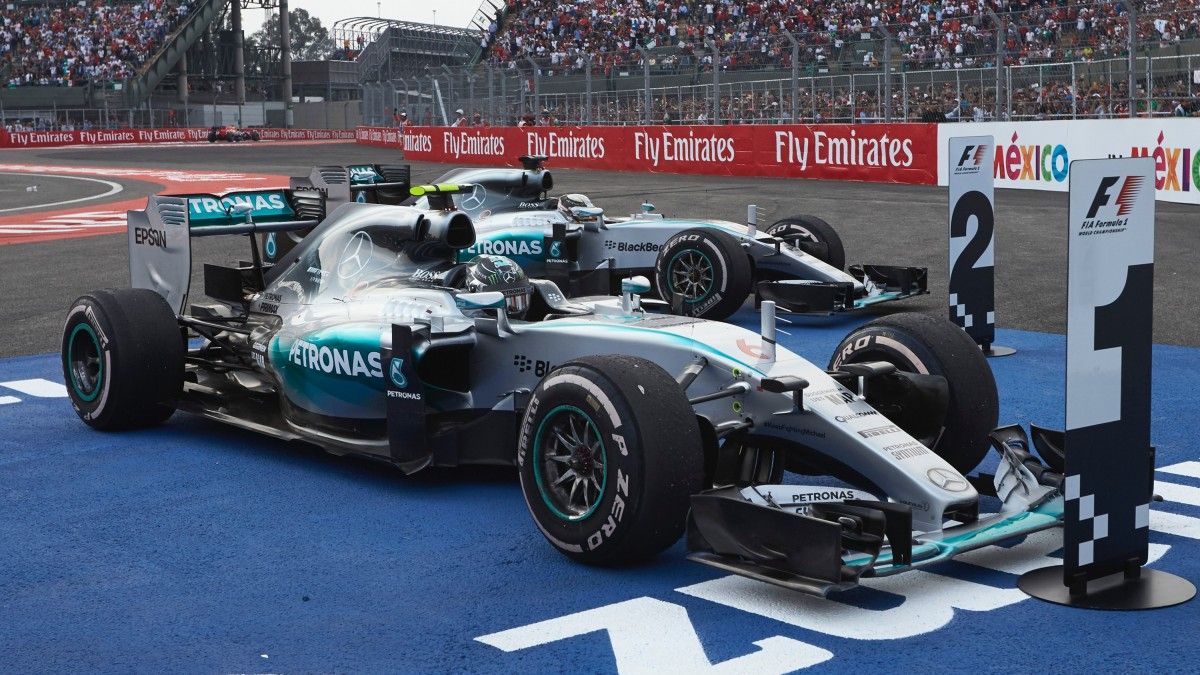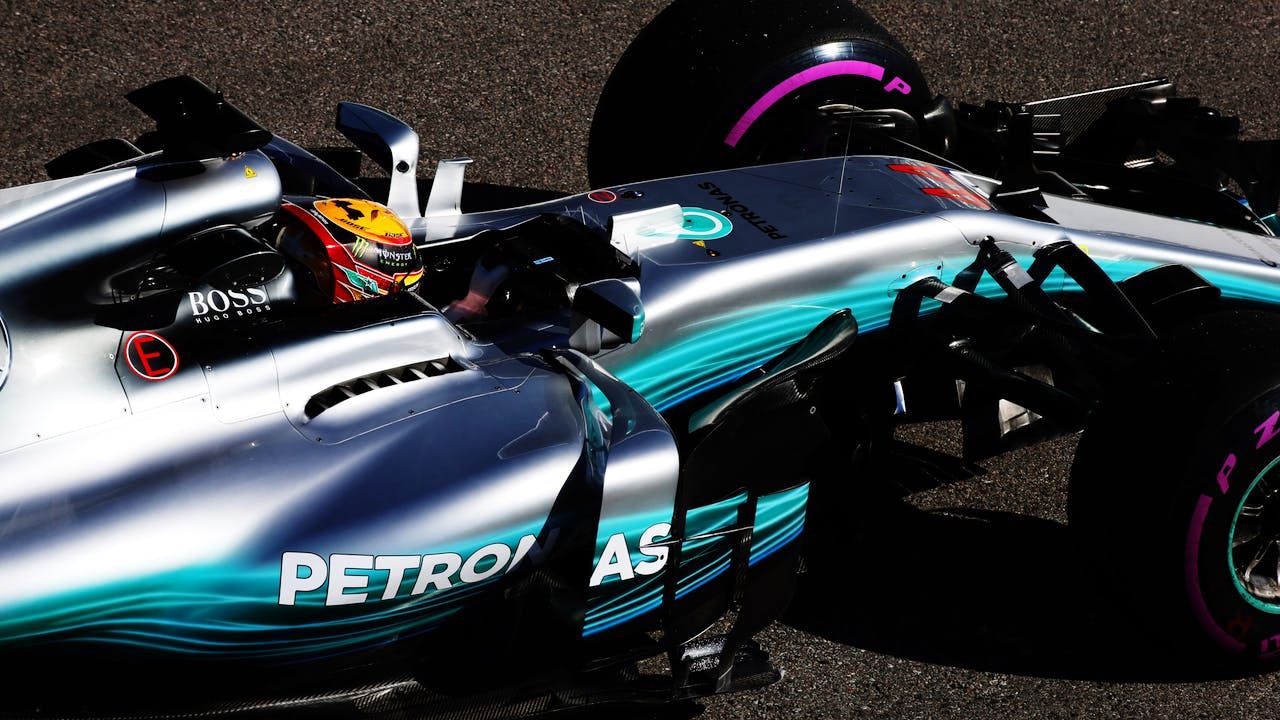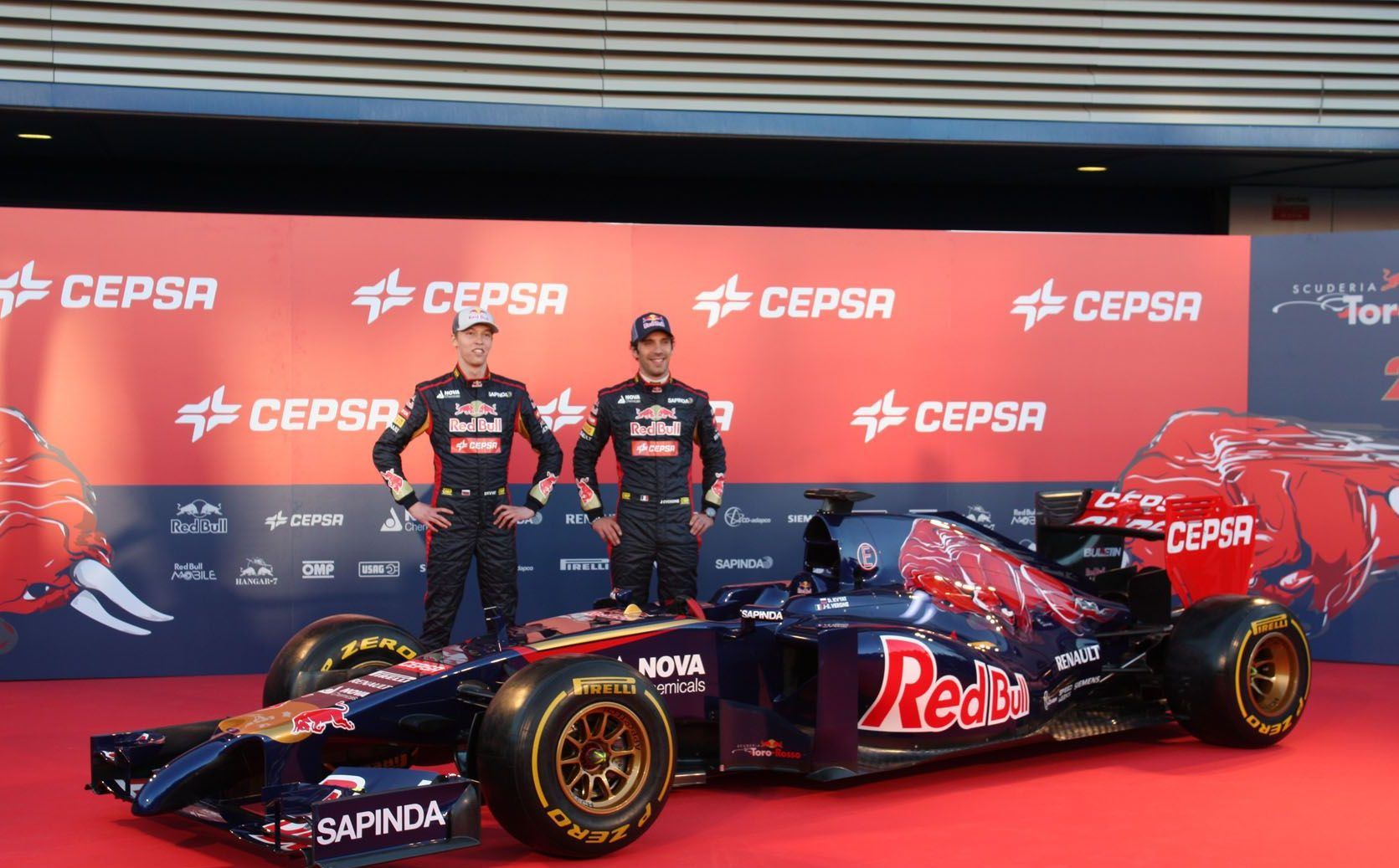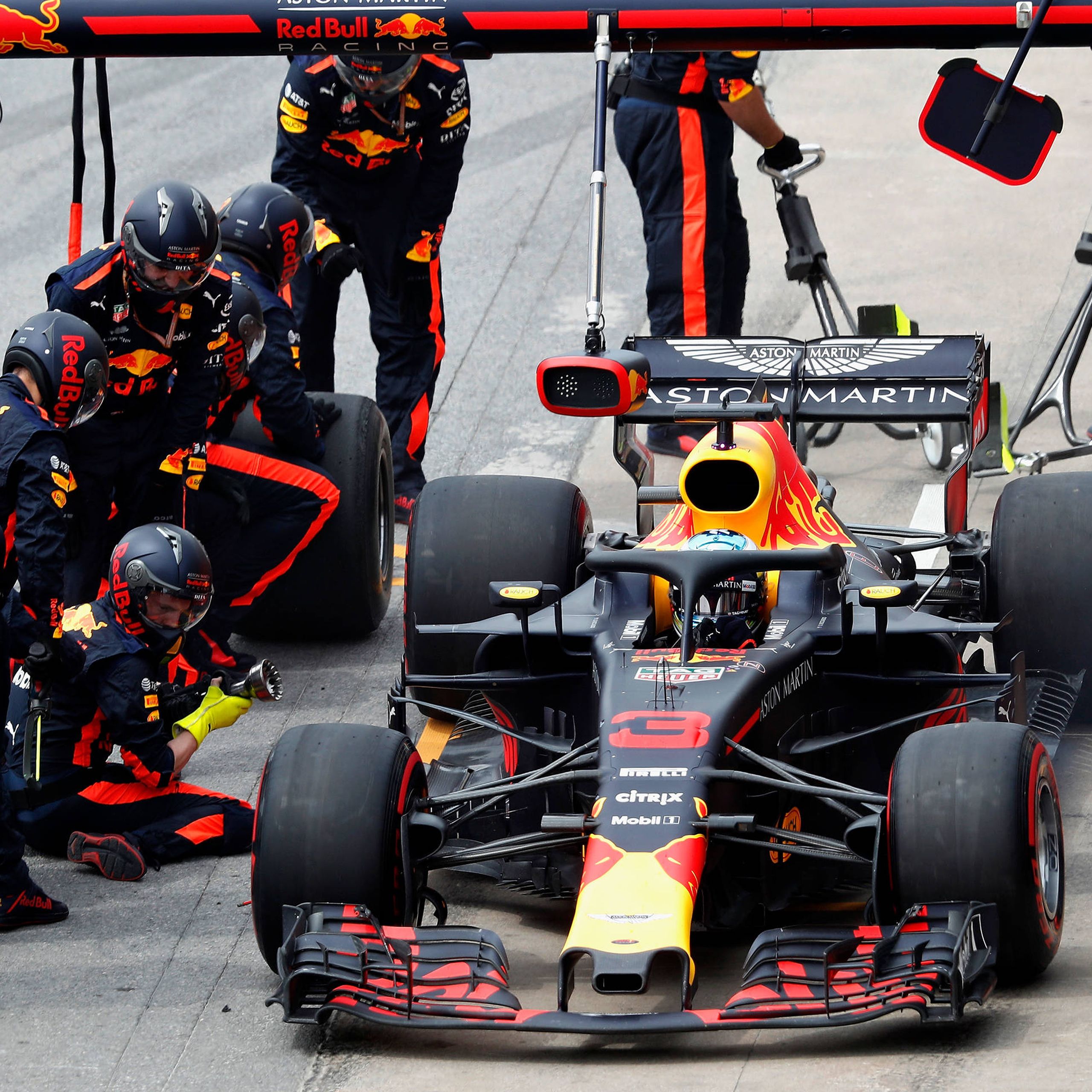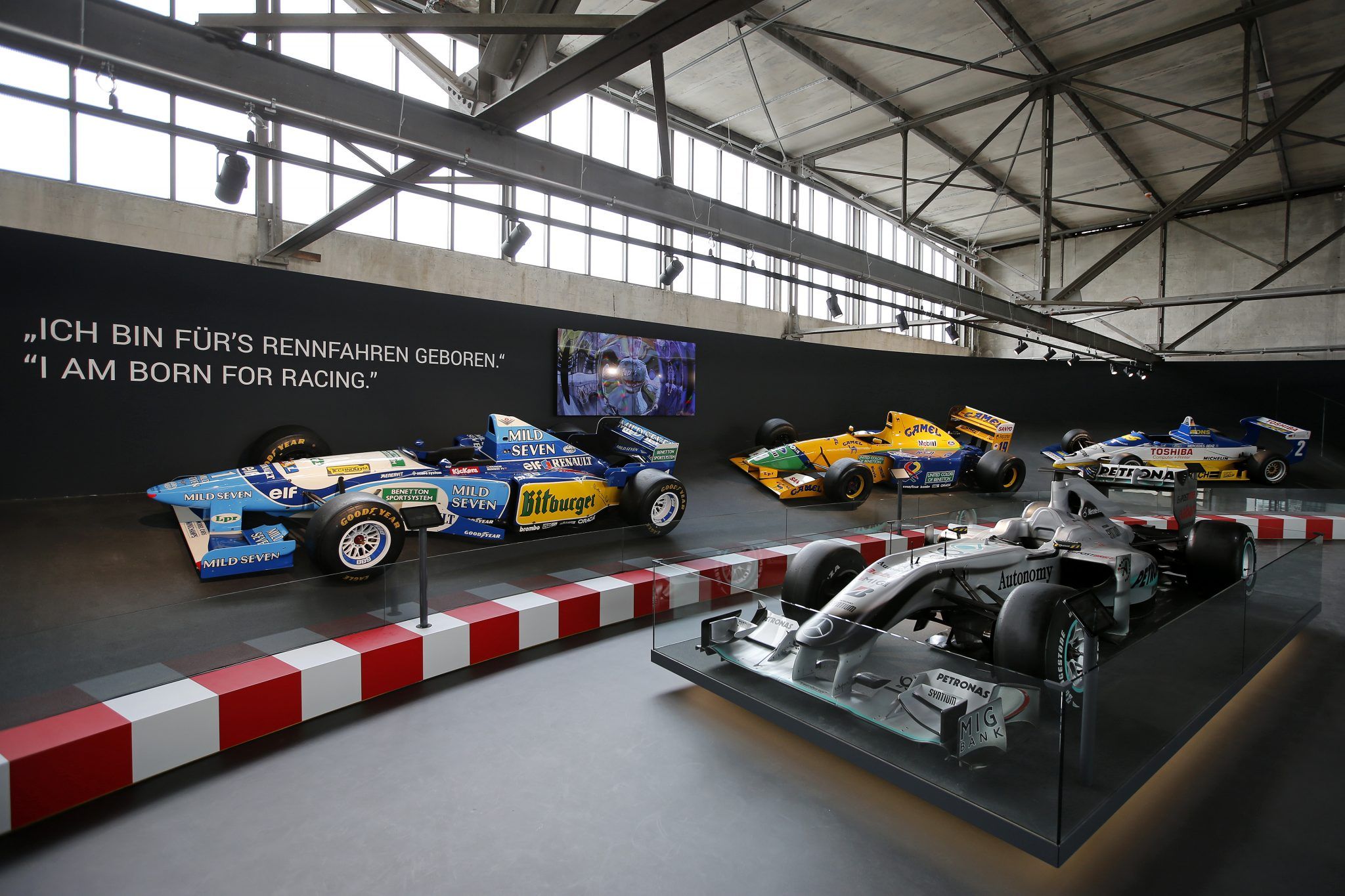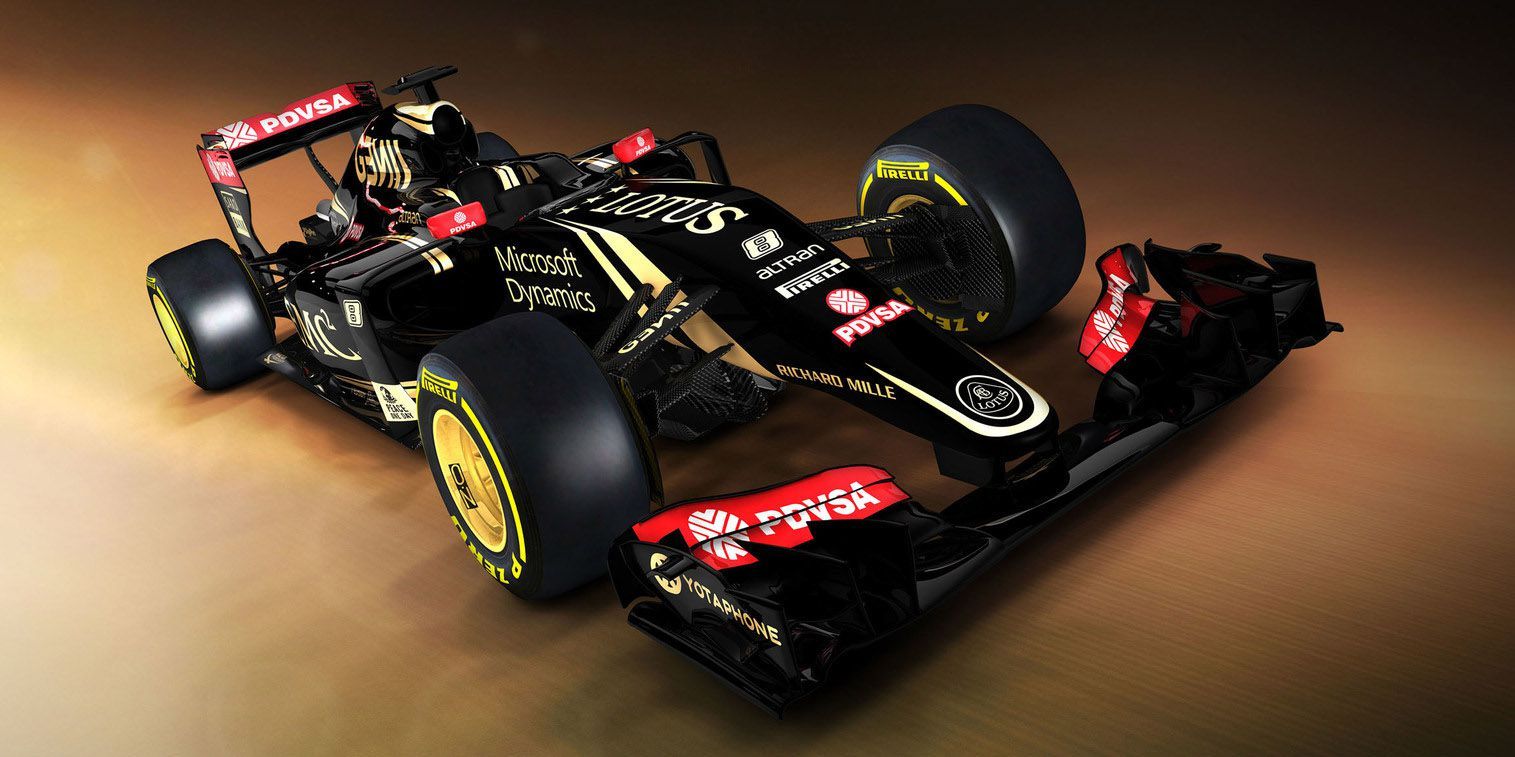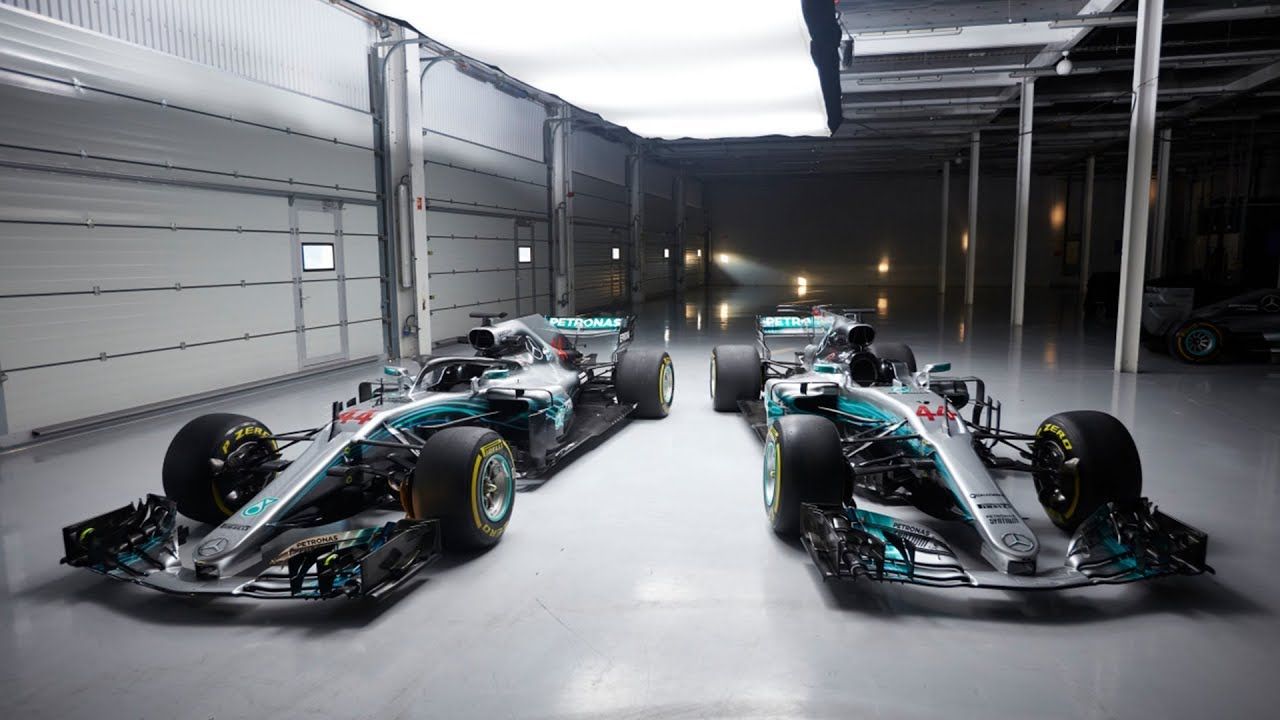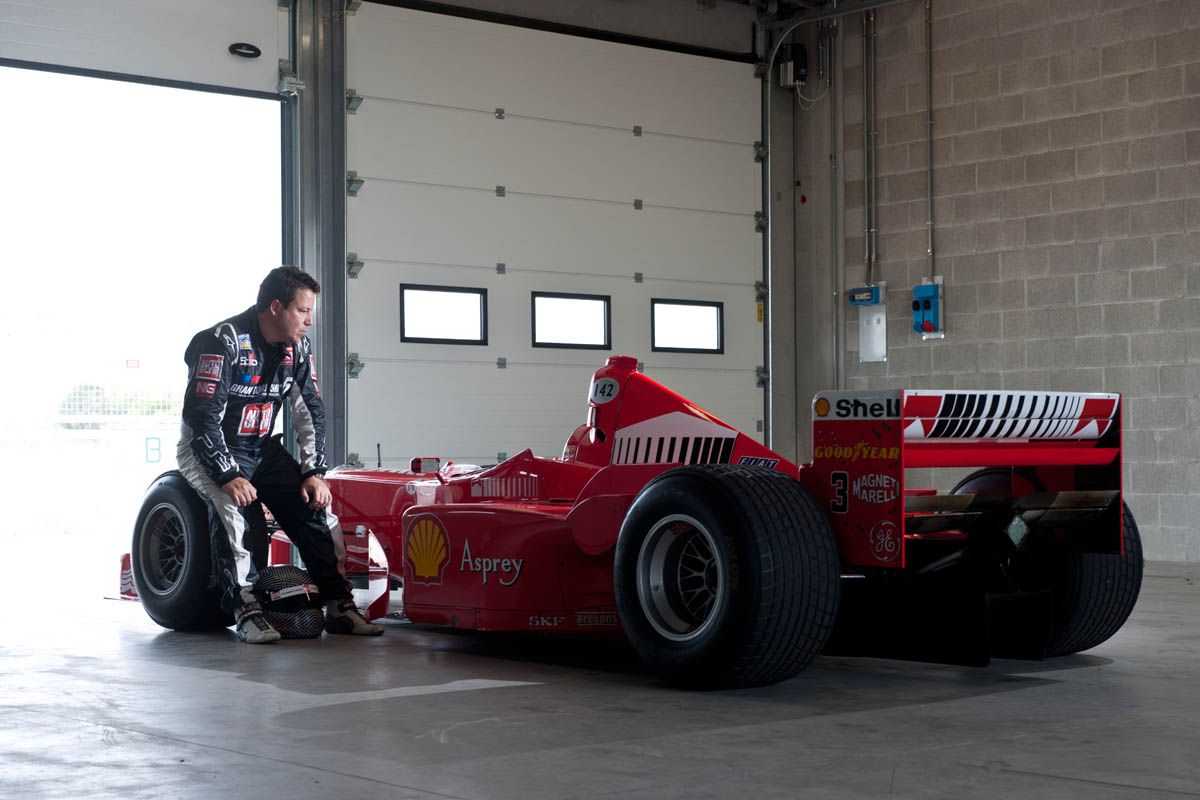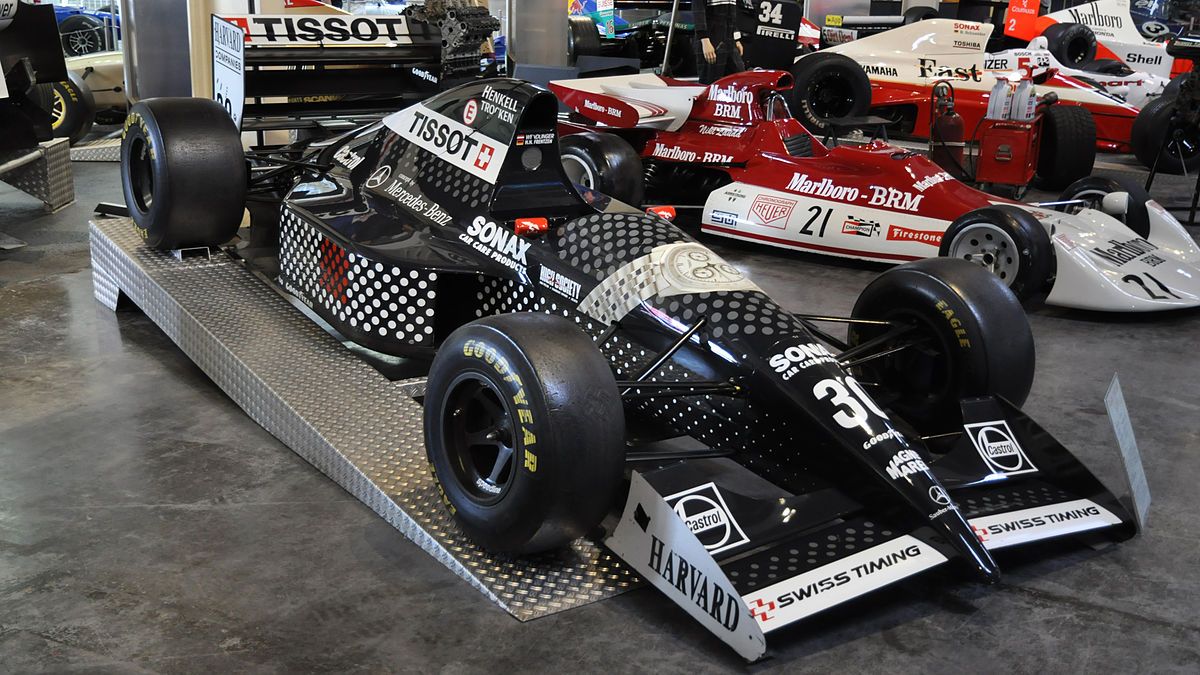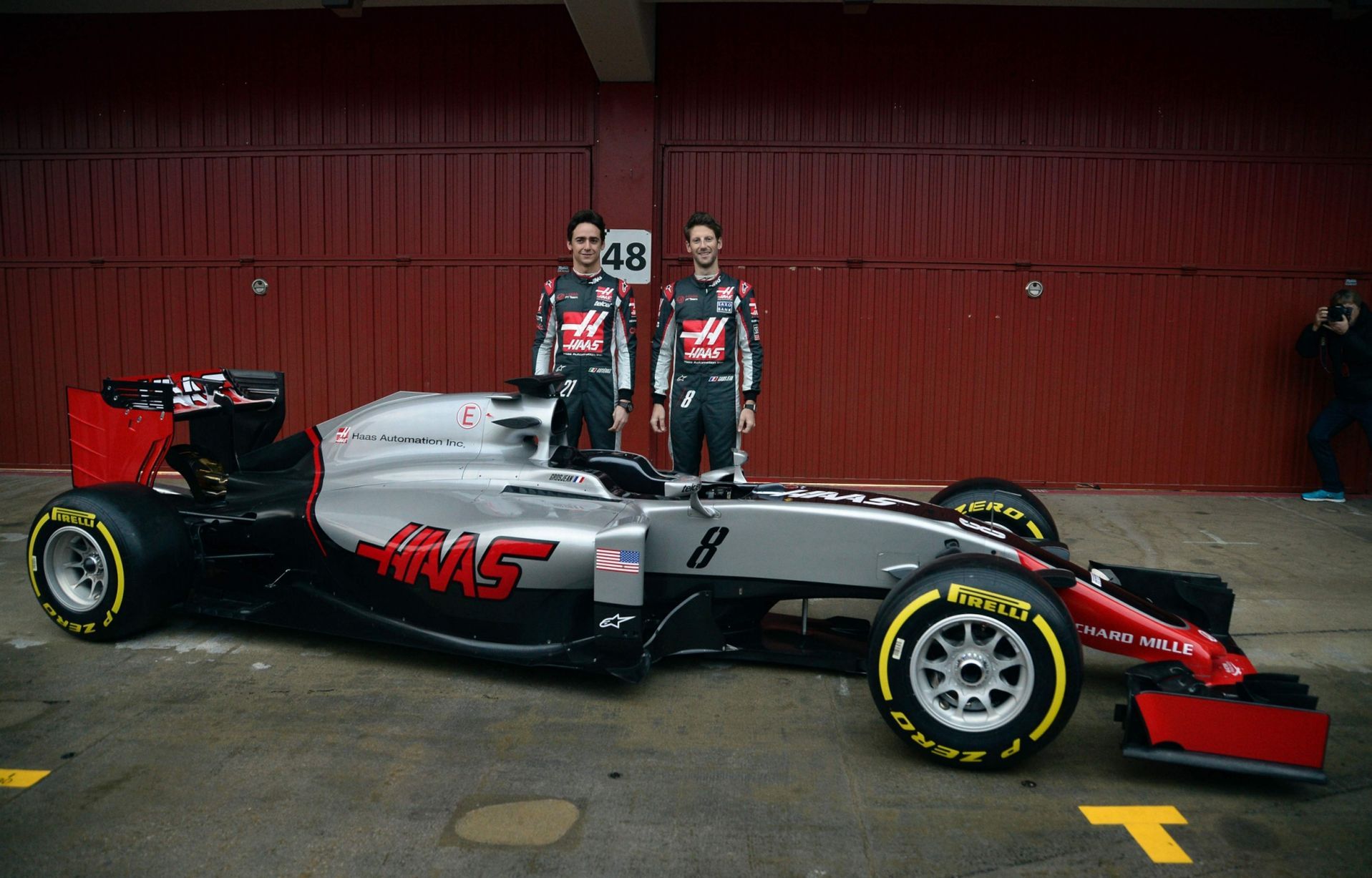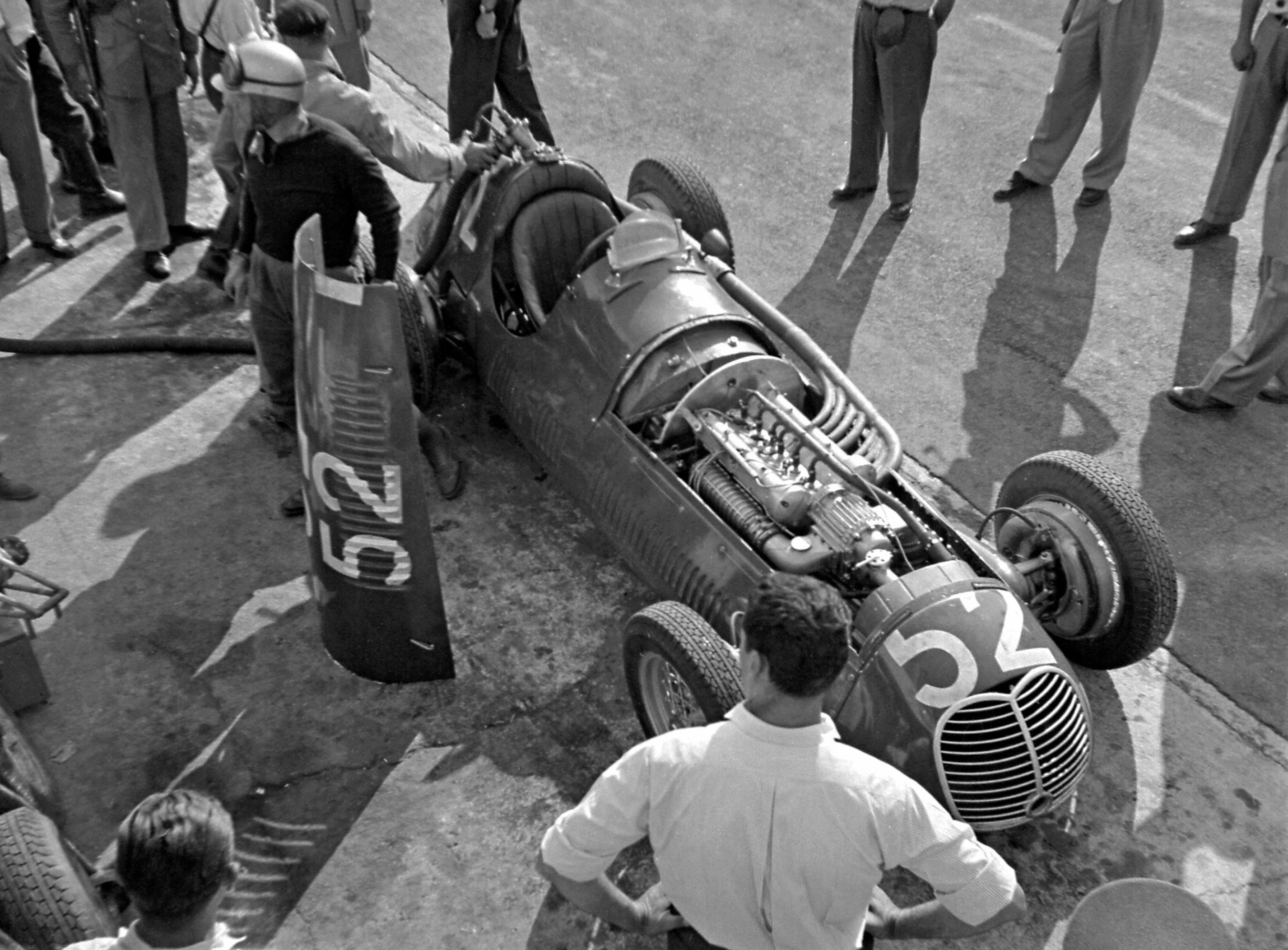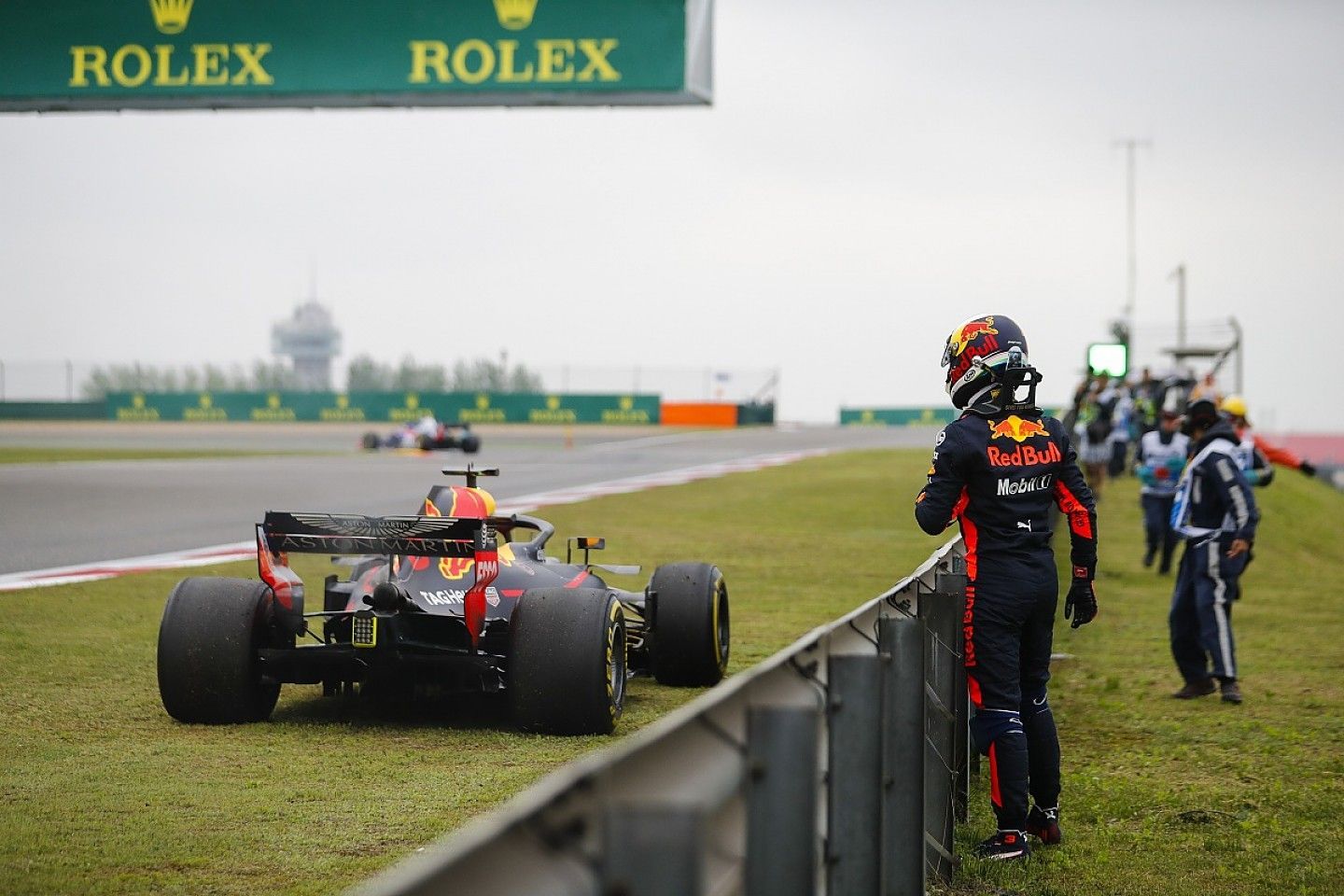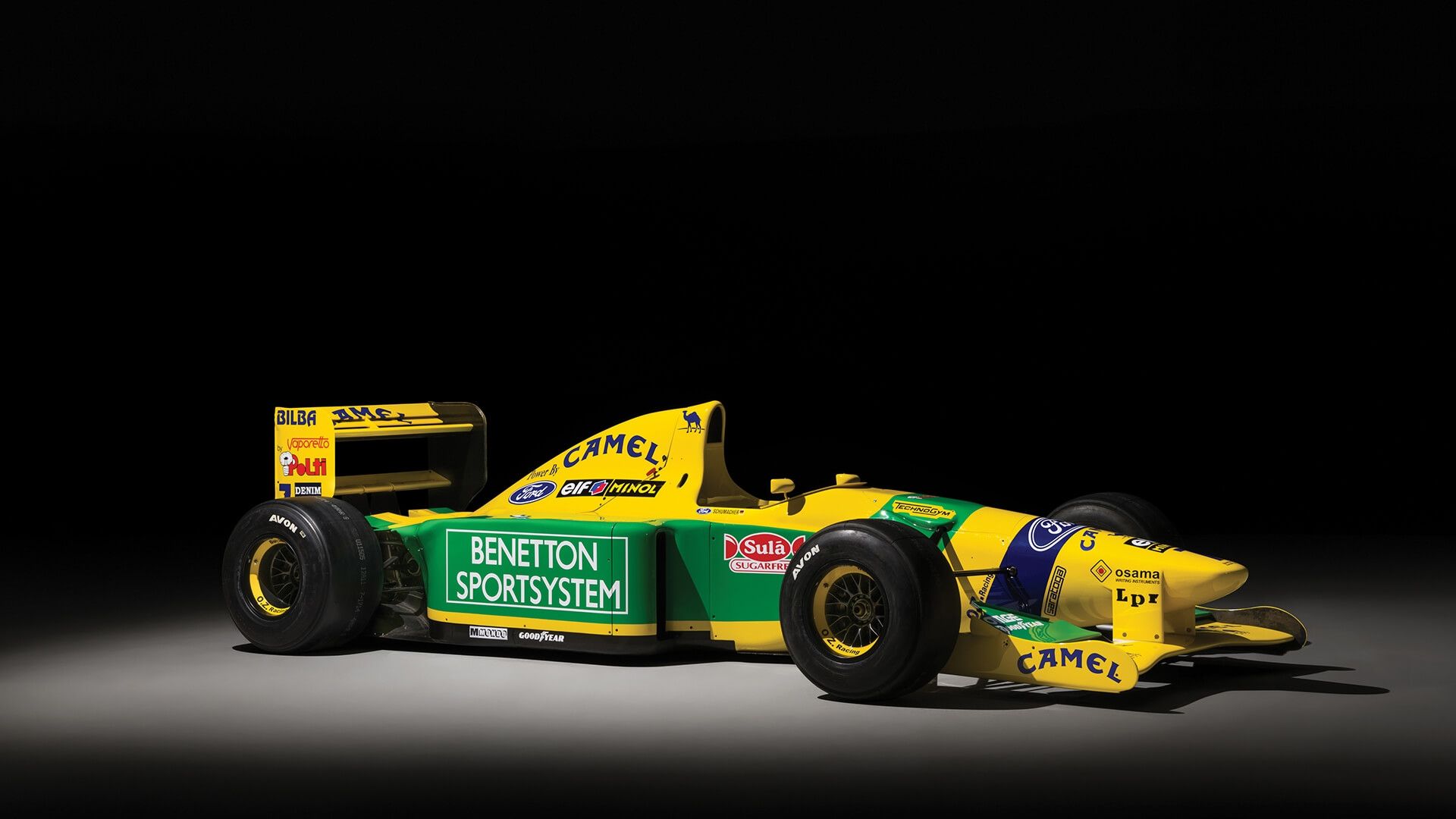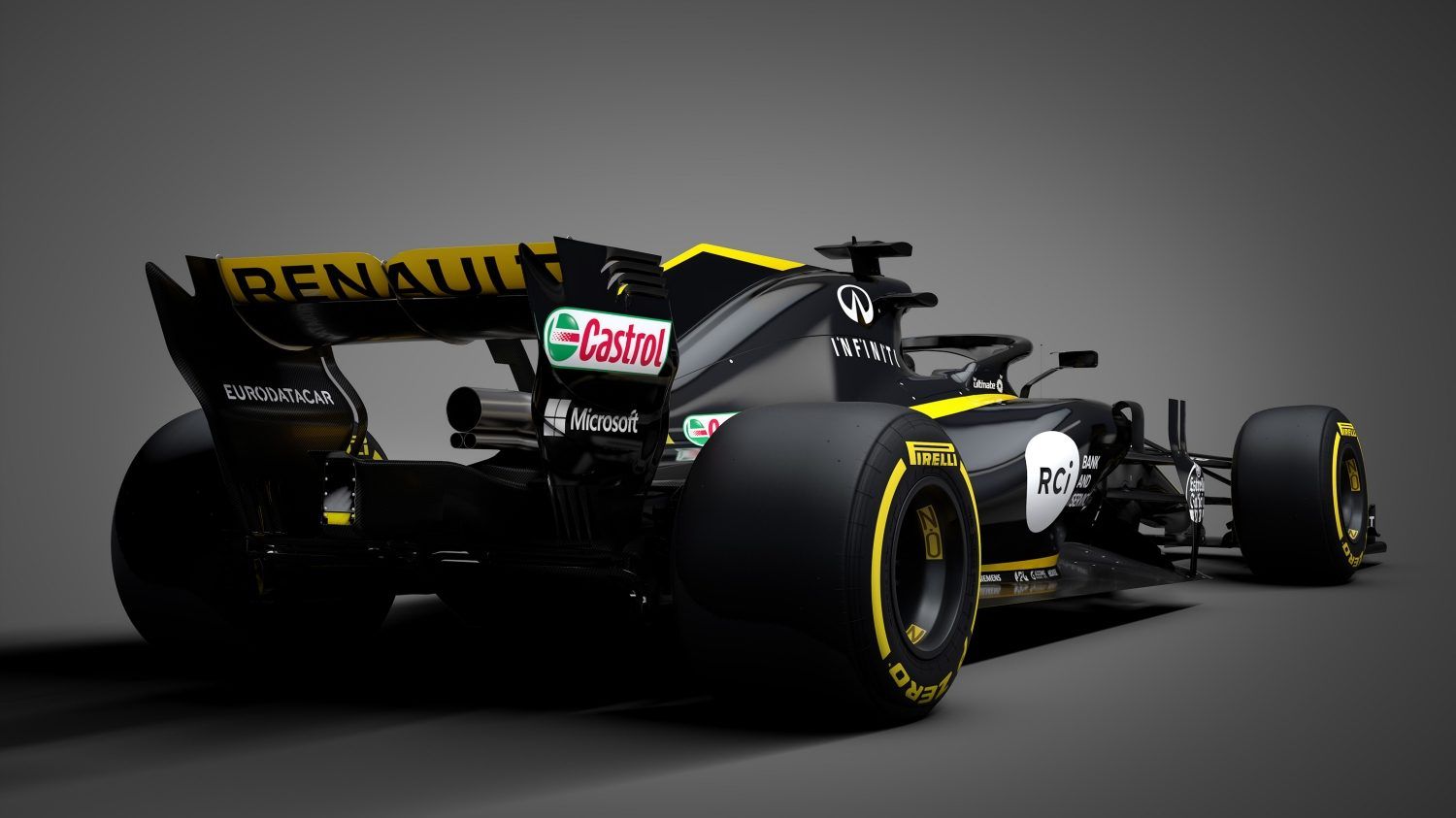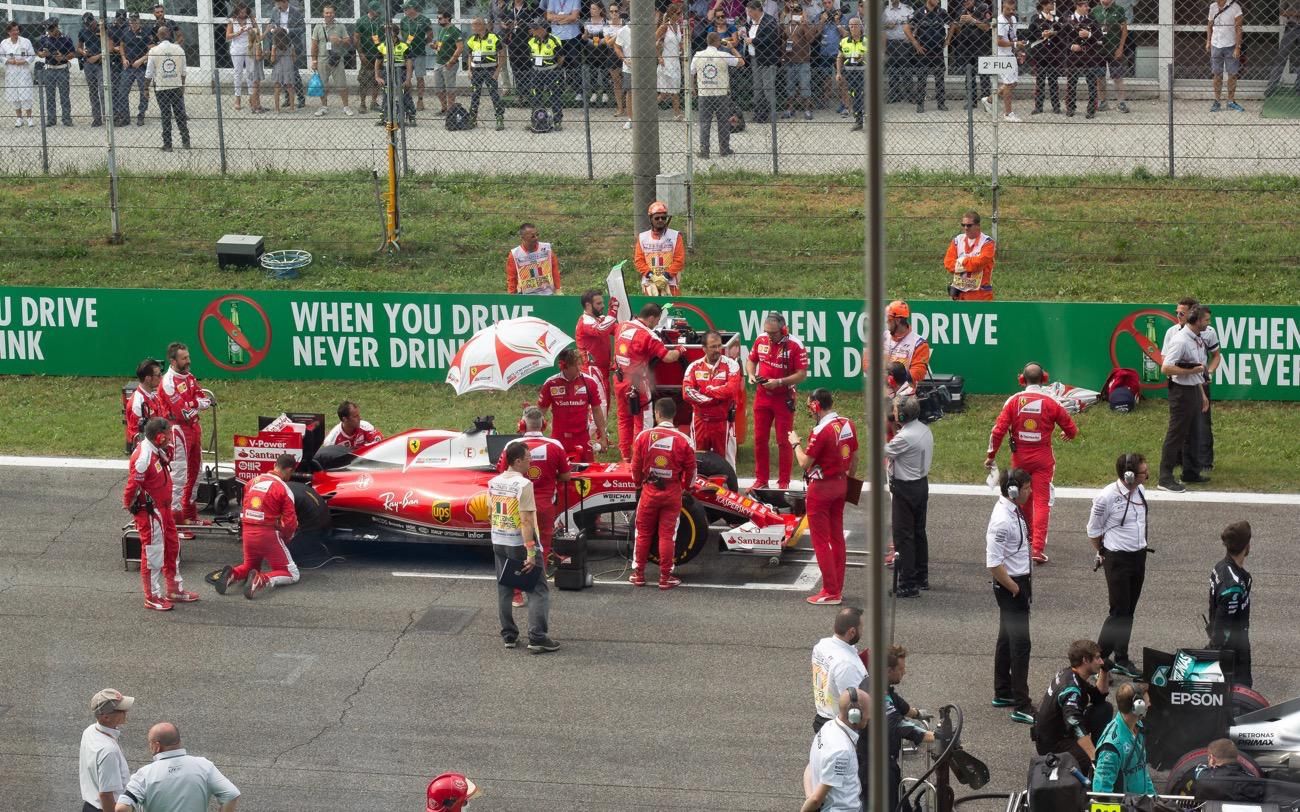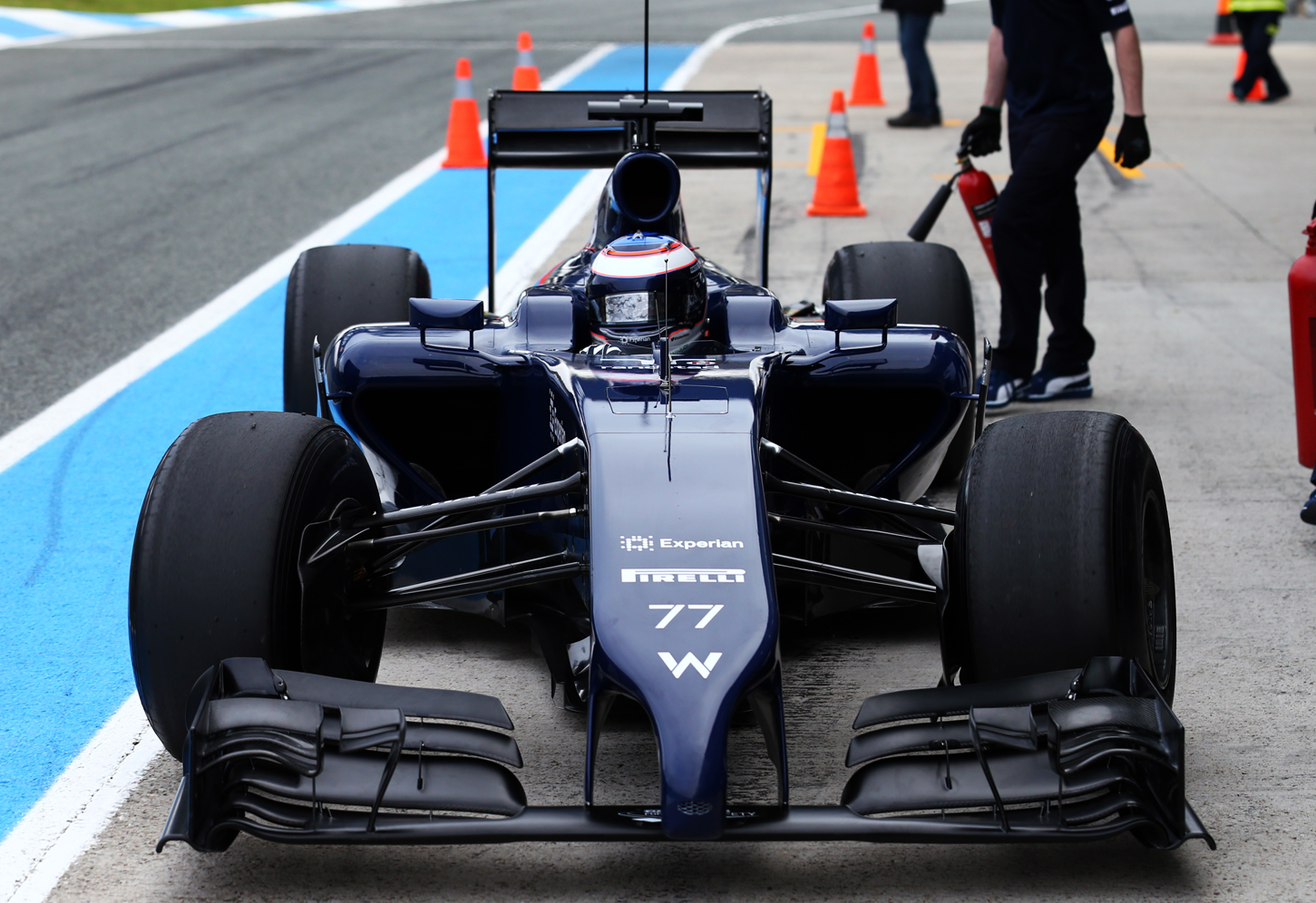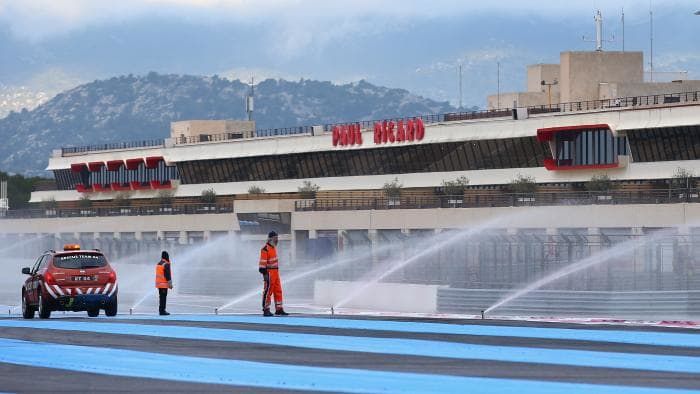Formula 1 is one of those racing series that has gotten quite a bit of backlash over the years, mainly due to its overwhelming number of rules. This has brought a lot of attention to the sport, both positively and negatively.
However, there have been a number of bizarre rules that have hit the F1 series during its existence. Now we are talking about rules like you must only have a certain width nose on your car, or simulating wet weather racing in the middle of a race.
Rules like these make us question the commission that is overseeing the Formula 1 series. However, there is more than just one rule that has made us question what F1 is doing. In fact, we have come up with a list of 20 rules that the Formula 1 drivers and teams must follow. Each of these has brought quite a bit of controversy.
From the surface, the Formula 1 racing drivers are very proper and ready to take on each of the races like it is their last. However, below there are many things that they must abide by in order to even be able to race in each event around the world.
20 Team Name or Emblem Must be on Front of Car
While this one might seem like an obvious one, it is actually in the rule book for Formula 1 drivers and teams. This actually makes it a rule that the car must have an emblem or team name on the front of the car.
If the teams don't follow this rule, they actually would be penalized, and not be able to race during that track or series. From some of the strangest rules, this one is by far the most obvious that Formula 1 has ever had for their teams and drivers. However, in the near future, we can look forward to always knowing the team name or manufacturer for the teams, since it is indeed a rule that must be followed.
19 Max of 4 Drivers Per Season
This is a rule that has been ongoing for quite a few seasons now. This was introduced to reduce the number of drivers that a team could switch to during a season. There would be a max of four drivers per season, per team that the team could have for the car.
Granted, each of the teams generally would have a max of two drivers, but the amount of switching drivers began to decrease over time as well, making this rule one that wasn't necessary to have for the teams. However, it is still in place for the current season as well.
18 Refueling
Through the course of Formula 1 history, there have been quite a few instances where there were refueling rules proposed and followed through. This was also true from 1994 to 2009 in the circuit. This would allow for cars to refuel after qualifying to have a full tank for the race.
This allowed teams such as Ferrari who were for the rule, to take advantage due to their v12 engines that consumed much more fuel than the other teams v10 and v8 engines. However, Ferrari actually ended up switching to a v10 engine after all.
17 Aggregate Qualifying
This was a rule that was one of the oddest ones that we've been able to see. In recent years, a rule was added to make drivers qualify in two sessions for one single lap. This would allow drivers to have two chances at running their fastest lap to qualify the highest.
Not only did this not make much sense, but it gave drivers a disadvantage to not get into a groove. While some might think this levels the playing field, it doesn't give much variety in skill levels at all.
16 Dropped Scores
Historically this was a rule that happened for a few seasons. This rule allowed for drivers to drop a certain amount of scores that they earned for completed races in the season. For instance, a driver could drop some of his lowest scores in order to boost their rankings in the circuit.
However, this rule made for complicated calculations at the end of the season. For each driver to drop specific races, the points were skewed and extremely complicated to calculate for the commission. Fortunately, this rule did not last very long as it as well was dropped from the series.
15 DRS
DRS or the drag reduction system was arguably one of the most controversial rules that happened in F1 history. This allowed for the designers and teams to create better downforce and active aerodynamics systems in order to make the cars go faster and grip better.
Not only did this raise many different problems to the F1 world, but it also allowed cars to start going much faster even with less powerful engines. This raised a huge safety concern and still is controversial in the series to this day.
14 Extra Pit Stops
A rule that was introduced to the F1 circuit in 1989 was extra pit stops for winners of races. This was something that gave the fastest drivers an extra pit stop for the number of wins they got over the season. This rule did have a max of three extra pit stops, however, it was a really controversial rule.
This was in favor of the fastest drivers and teams in the circuit, and if you won, you got even more rewards than you already would have got. This rule only lasted for the 1989-1990 season.
13 Double Points in the Final Race
This rule only happened once in the F1 history, in 2014 at Abu Dhabi. This was introduced to give every driver double points for where they finished in the final race. Not only did this make drivers protest, but it didn't give excitement or a chance for point leaders to race well.
Think about a driver who is many points ahead in the series, even if they finished at a certain position they wouldn't have to worry about points since they were all doubled anyway. This rule didn't last very long, as after the controversy it was discarded for the 2015 season.
12 Fuel Credit
This rule was one that made no sense, to begin with. However, this was one that F1 drivers had to follow regardless of what they wanted. This rule was to ensure that the drivers who were qualifying didn't use too much fuel while they were racing.
For each lap that they completed in qualifying, they were credited for a lap of fuel before the start of the race. Traditionally they were only allowed to use the same amount of fuel they already used during qualifying, but this allowed them to refuel before the race began.
11 Grid Lottery
This rule was another one that affected how drivers would place in the grid from qualifying. For the drivers who placed in the top 10 during qualifying, they would be placed in a lottery to see which grid position they would start in.
In the 2003 season, this rule was one that raised controversy to the drivers especially, being that even if you qualified first, you might not be guaranteed the pole position at the start of the race.
10 Grooved Tires
In efforts to reduce the cornering speed of the cars, this rule was introduced to reduce the amount of grip the cars could have in cornering. The tire manufacturers were required to have grooved tires to reduce the amount of surface that the tires had.
During the 1998 season, the tires were required to have circumferential grooves in attempts to reduce cornering speed and grip. This rule lasted for a few seasons until it was deemed not helpful compared to what they expected.
9 Narrowed Cars
In 1998, a rule was introduced to the F1 circuit that would alter the entire design of the cars moving forward. This required the cars to become more narrow in total, and on the front nose as well.
The cars would be required to be no more than 1,800 mm in width. This would reduce the amount of downforce that the cars could produce, and make the engineers redesign the entire cars for safety as well. Since the cars would be more narrow, they wouldn't have the same track width, making for more issues with stabilizing the cars for the races.
8 Nose Regulations
It is no secret that the cars have some serious aero when it comes to the nose of the car. This not only provides essential downforce for the cars to gain more grip but allows for faster cornering speeds as well.
In the 2014 season, a rule was passed requiring the nose of each of the cars to become more narrow, closer to the ground and with less active aero. This again raised engineering questions that called for entire redesigns of certain cars, making this a huge update to the designs that were in previous cars.
7 Pit Passing
Passing has been one of the most common changes that has hit the Formula 1 circuit through its entire history. However, there are no rules like one that was introduced like pit passing.
It states, while the safety car is out, a driver in the pit entry, pit lane or pit exit may overtake another car which is also in one of these three areas. While this might seem like a pointless rule, it actually allowed for drivers to come up with extensive strategies that would give them a competitive advantage over their counterparts.
6 Points for the Fastest Lap
There are many rules that have changed how the Formula 1 series has given points over the decades. However, there was one rule that actually allowed for bonus points for the driver with the fastest lap.
This awarded the driver who had the fastest lap in a race, a bonus point for doing so. While some rules were actually made to improve the experience and competition for F1 racing, this was actually given to reward fast drivers for simply being fast.
5 Qualifying Eliminations
Now, this rule is one that was extremely controversial, and it only lasted for the 2016 season. Qualifying eliminations was a new way of going about racing for the F1 circuit. Essentially what it was, was a way for the races to be handled through qualifying solely.
Qualifying elimination was as follows: three qualifying sessions, the first was held for 16 minutes. From there at the 7-minute mark, the slowest driver would be eliminated, then it would repeat for every one minute and 30 seconds that the session had left until 15 drivers remained. The second session would be 15 mins until eight drivers remained after eliminations. The third would last 14 mins and the final two would race to the finish line.
4 Radio Clampdown
This rule was one that quite frankly left drivers in the dark. During the race, generally, the drivers would get instructions from the team engineers on how to react to certain ways that the car was feeling at the time.
The rule actually made it to where during a certain time of the race, the drivers would no longer be able to communicate with the team engineer. What this did was allow for the drivers to not be coached on how to drive the car, this actually would give them more control and allowed the races to be left up to driver skill.
3 Shared Drives
During the 1960s, there were a number of rules that were introduced to Formula 1 that were quite interesting. One, in particular, was to allow drivers to use another car to finish the race if the other allowed them to do so.
This happened to be a rule that didn't last long for obvious reasons, in fact during the time there was a driver who ended up losing the championship after he allowed another driver to borrow his car after their ride ended up breaking down. Talk about a noble winner.
2 Shortcuts
During the 2010 season, there was a rule that was proposed to Formula 1 that allowed for shortcuts to be added to the track. This would allow drivers to take the shortcut up to five times per race. This would allow for drivers to be able to catch up to others at certain times during the race.
Fortunately, this was not followed through on. However, this would end up being very similar to how in Rallycross the drivers are required to take a "joker" lap once per race. The F1 rule would be similar, but five times per race due to the length of Formula 1 races.
1 Sprinklers to Simulate Wet Weather Racing
In efforts to add more excitement to the races during the F1 season, there was a proposed rule that would allow for sprinklers to be turned on during certain races, in the middle of the race. This would provide a wet weather style racing, which "would be good TV" according to the board leader.
This was proposed in 2011 and would have created more exciting races with the dry tracks. However, this never was passed, as it would provide "good TV" however, for the drivers and teams it would make for a race that would be artificial, and too many changes to cars during the time the sprinklers would be turned on.
Sources: Road and Track, Fox Sports, Red Bull & Irish Mirror

